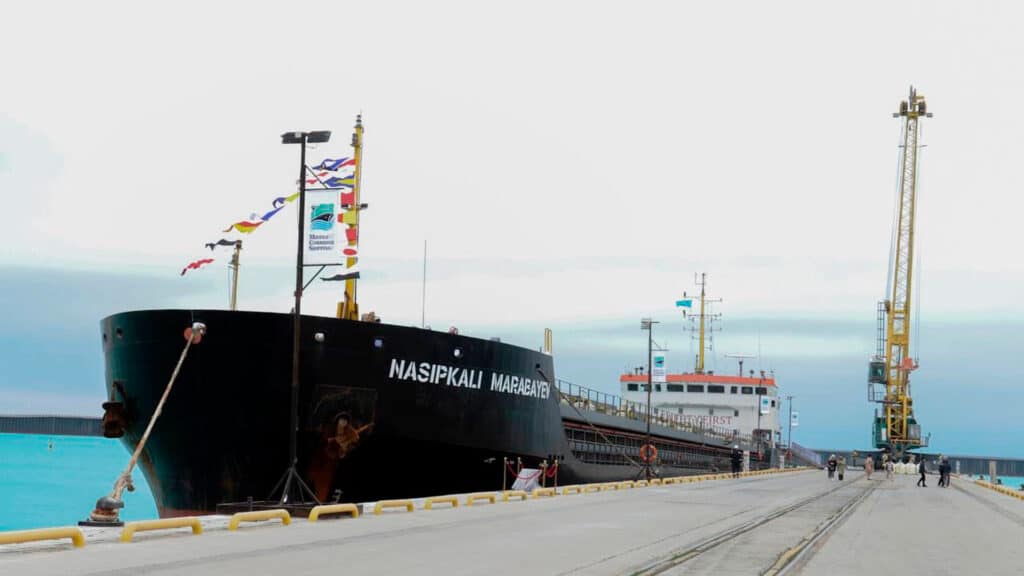Kazakhstan to dramatically boost cargo transit bypassing Russia by 2029

Kazakhstan plans to significantly increase cargo traffic along the Trans-Caspian International Transport Route (TITR), also known as the Middle Corridor, bypassing Russia. Marat Karabayev, Kazakhstan’s minister of transport, announced during the Astana International Forum (AIF) that freight volumes on the route are projected to surpass 10 million tons by 2027.
«Cargo turnover was 800,000 tons, and now it has reached 4.5 million tons, a sevenfold increase over the past three years,» Karabayev said. «I’m confident we’ll exceed 10 million tons by 2027. All the data supports this projection.»
He noted that Kazakhstan has already signed key agreements with partner countries along the corridor to support these goals, emphasizing the nation’s strategic role as a logistics hub.
«Look at our economic growth: in just four months, it has already reached 6%, and 25% of that growth is coming from the transport sector,» he stated.
According to Karabayev, to support this momentum, Kazakhstan will need to invest $40 billion in the transport sector over the next five years. This includes $7 billion in road infrastructure and $3 billion in railway development, with major rail projects set to launch this year.
TITR is a key logistical corridor stretching from China to Europe via Kazakhstan, the Caspian Sea, Azerbaijan, Georgia and Turkey. It plays a crucial role in strengthening economic integration between Central Asia and Europe and diversifying transport routes.
The route has gained renewed interest in light of geopolitical shifts. In June 2024, EU Ambassador to Kazakhstan Kęstutis Jankauskas said the Middle Corridor could become a viable alternative to the Northern Corridor, which passes through Russia. He highlighted that before the full-scale war in Ukraine, the route had been underdeveloped, in part due to huge subsidies from Russia for the competing North-South corridor.

